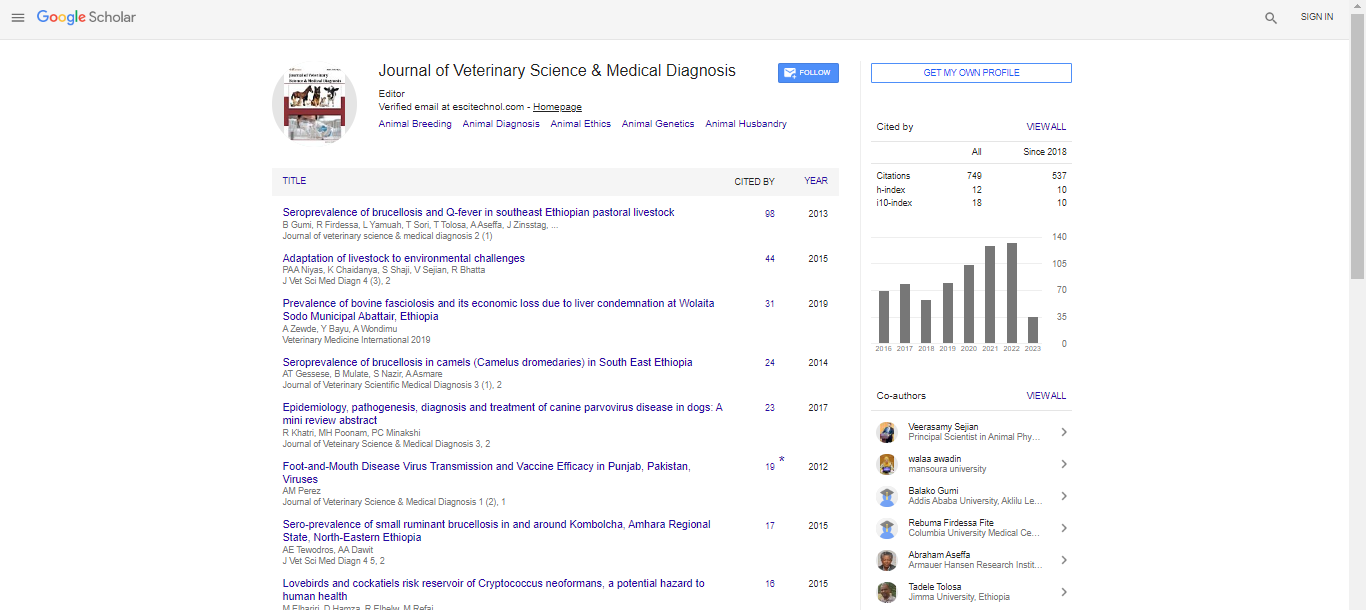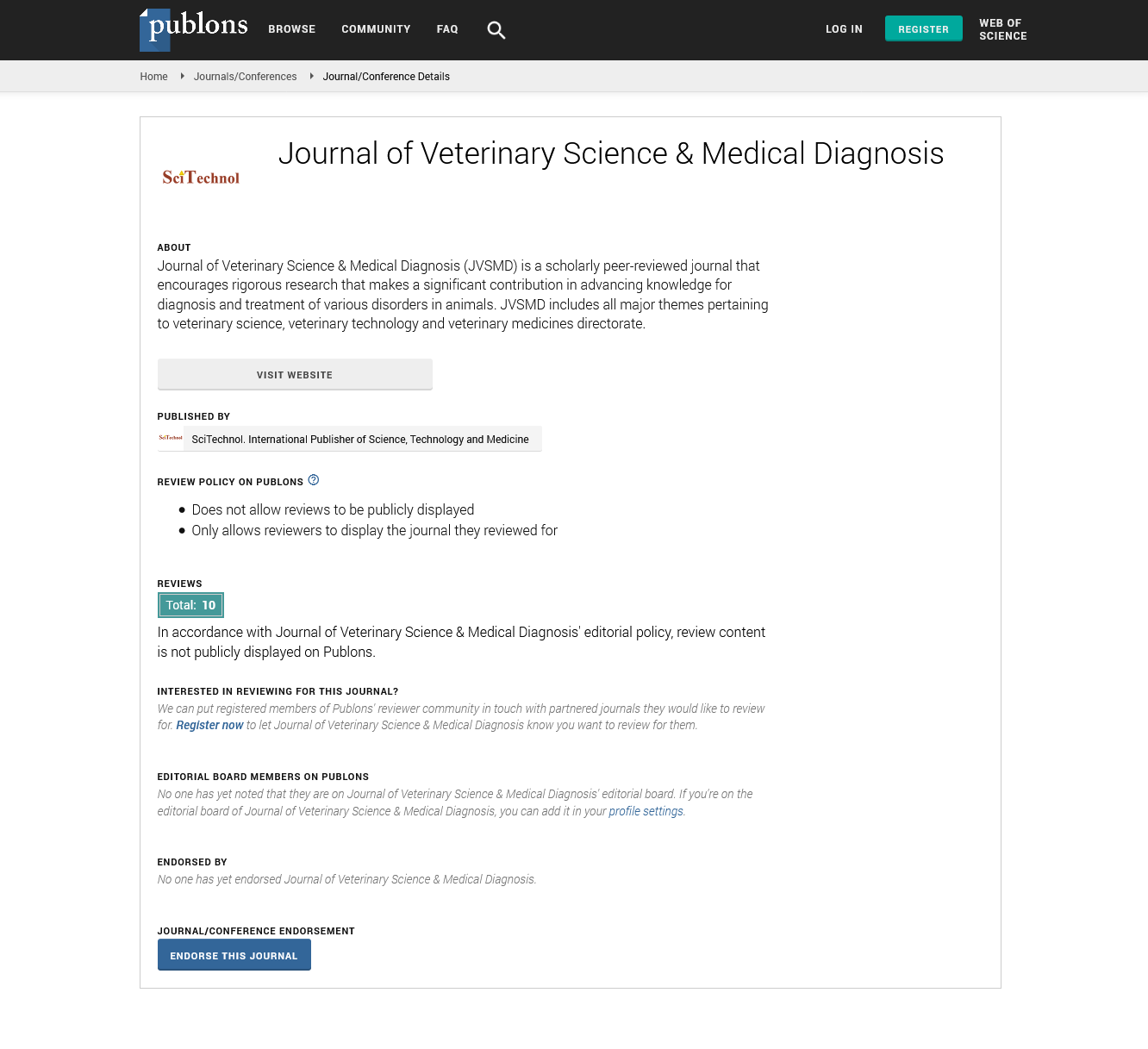Simultaneous Determination of Tryptophan, Kynurenine and Niacin in Serum of Periparturient Dairy Cows by High-Performance Liquid Chromatography with Diode Array Detection
Simultaneous Determination of Tryptophan, Kynurenine and Niacin in Serum of Periparturient Dairy Cows by High-Performance Liquid Chromatography with Diode Array Detection
Tryptophan is an essential amino acid and substrate for important biochemical pathways, e.g. generating the neurotransmitter serotonin or building kynurenine and nicotinamide via the kynurenine pathway which can be induced by the enzyme tryptophan 2,3-dioxygenase (TDO) via glucocorticoid hormones or by indoleamine 2,3-dioxygenase (IDO) after immune activation. As the kynurenine to tryptophan ratio is regarded as indicator for an activated immune system, we developed an analytical method for the simultaneous determination of kynurenine, tryptophan and nicotinamide in serum via high-performance liquid chromatography (HPLC) und assessed their suitability as inflammatory markers in dairy cows. Validation parameters have shown that the HPLC method meets the requirements for routine analysis of tryptophan and its metabolites kynurenine and nicotinamide in serum with high linearity within the respective working ranges and limits of quantifications of 0.41 µmol L-1 for nicotinamide, 0.43 µmol L-1 for kynurenine and 3.40 µmol L-1 for tryptophan. The intra-day and inter-day variations were 2.3 and 3.6% (nicotinamide), 3.1 and 6.3% (kynurenine) and 1.9 and 5.2% (tryptophan), respectively. Tryptophan degradation via the kynurenine pathway was investigated in 10 periparturient dairy cows out of two dietary groups during the transition period. The course of tryptophan concentrations in cow serum around calving was similar to those found in pregnant women with a decrease until birth, followed by increased and normalized postpartum tryptophan concentrations. However, rising kynurenine concentrations and a simultaneous incline of the kynurenine to tryptophan ratio during gestation could not be confirmed in our study, apart from a peak of the kynurenine to tryptophan ratio at parturition which might be due to stress hormone-induced activation of hepatic TDO and extrahepatic IDO. Additional measurements of interferon-γ and glucocorticoids as putative inductors of TDO and IDO would be useful to verify the suitability of the kynurenine to tryptophan ratio as an immune marker in the bovine.

